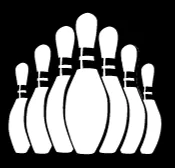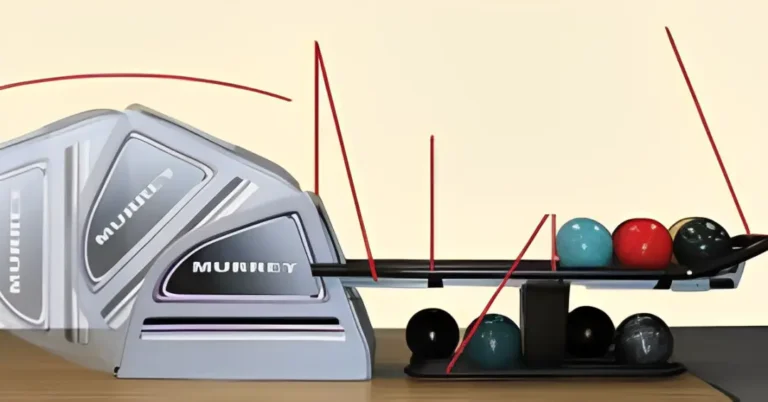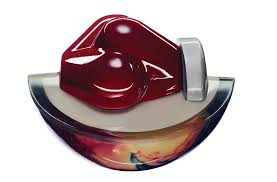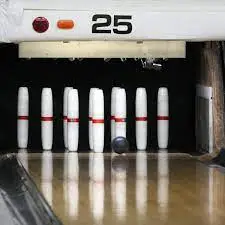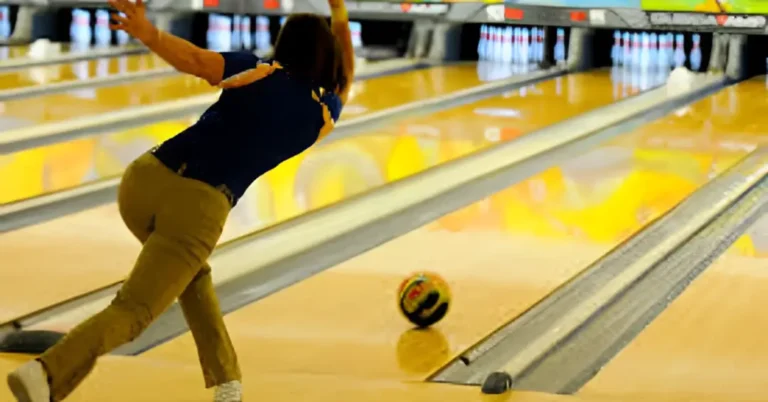Learning to Bowl A Beginner’s Guide
Bowling is a fun activity and lifelong hobby that people of all ages can enjoy. This guide will walk you through the basics of bowling for first-timers, from choosing the right ball and shoes to understanding scoring and bowling etiquette. With some practice, you’ll be knocking down pins in no time!

Choosing Bowling Balls and Shoes
Bowling balls come in different weights, typically between 6 to 16 pounds. As a beginner, opt for a lighter ball between 10 to 12 pounds. Heavier balls knock down more pins but are harder to control. House bowling balls at the alley are a good option when starting. You can also invest in your ball and shoes later on.
Bowling shoes have special soles to slide on the lane. You can rent shoes at the alley or buy your own. Try on a few pairs and walk around before choosing a pair that fits well. Shoe sizes may vary across bowling shoe brands.
Understanding Bowling Lane Etiquette
Bowling lanes have an etiquette system to avoid accidents. Always wait for the bowler on your right to finish before you bowl. This avoids crossing into someone else’s lane and risking injuries. Return balls by rolling them down the side gutters. Never throw balls back as they could hit other players.
Learning How to Bowl
Start by standing on the floorboards to the side of the lane. Keep your toes behind the foul line or your bowl won’t count. Hold the ball at waist height in your non-dominant hand. Take steady steps forward, swinging the ball straight back and outwards. Release the ball over the foul line, keeping your arm extended forward. Follow through in your final release for better aim and power.
Aim for the bowling pins located 60 feet away. Visually target the “pocket” – the space between the 1-pin and 3-pin. Releasing the ball into the pocket increases your chances of picking up a strike. Adjust your starting position left and right to change the curve of the ball. As you bowl more, you will develop control over your ball’s curve and spin.
Understanding How to Score
Scoring in bowling awards points based on how many pins you knock over per frame. A game consists of 10 frames. Scorecards track your score after each bowl. Here are the scoring combinations:
Keep your scorecard up to date after every frame. Bowling scoring can take some time to understand at first. Apps and electronic scoreboards now track scores automatically to make it easier to learn.
Improving Your Bowling Game
Practice makes perfect in bowling. Analyze where your ball curves and pins tend to fall over time. Make small adjustments to your throw and positioning to improve accuracy. Observe other players with smooth throws and consistent aim. Record your scores to track progress over weeks and months.
Take bowling lessons to perfect timing, power, and curve technique. Learn how standing in different positions changes ball trajectory. Consider investing in your own custom ball and shoes fitted to your height and ability level. Joining a league helps motivate improvement through friendly competition.
Advanced Bowling Tips and Terms
When ready to take your bowling skills further, learn about adjusting ball spin, speed, and oil patterns. Clarify terms like chops, splashes, washouts, Brooklyn, and baby splits referring to pin scatterings. Strategize spare conversion shots and ideal angles. Analyze your natural hook – the ball’s sideways curve – and how to enhance or reduce the hook.
Hook balls intentionally curve from angled releases. Back-up balls curve the opposite way from the spin direction. Mixing up hook and back-up shots adds variation to your game. Practice the track targeting one board or arrow. Adjust the ball position and walk path to hit the same sweet spot repeatedly.
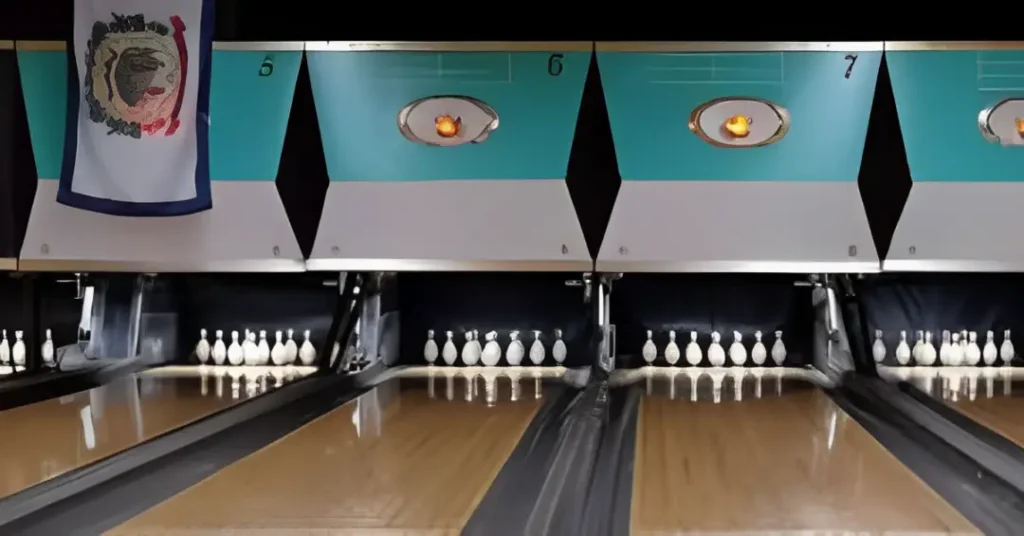
Conclusion
Learning how to bowl takes some time and patience. But with practice, anyone can successfully pick up this enjoyable sport. Rent some shoes, grab a ball, and try knocking down those pins. Implement the tips in this guide and you will be scoring strikes in no time! Bowling is fun for all ages and a great way to spend time competing with friends and family.
Bowling is an accessible sport that people of all backgrounds and ability levels can learn at their own pace. Don’t get discouraged if you struggle to pick up certain techniques as a beginner.
Stick with it through the initial learning curve and you will continue seeing improvements over time. Bowling proficiency develops slowly by practicing the basics, analyzing your throw, making small adjustments, and studying the techniques of other players. Set reasonable goals for yourself as you start and track your progress. Whether you bowl for fun and socializing or have aspirations of joining a league, this sport provides a lifetime of learning and rewards that will deepen through dedication.
